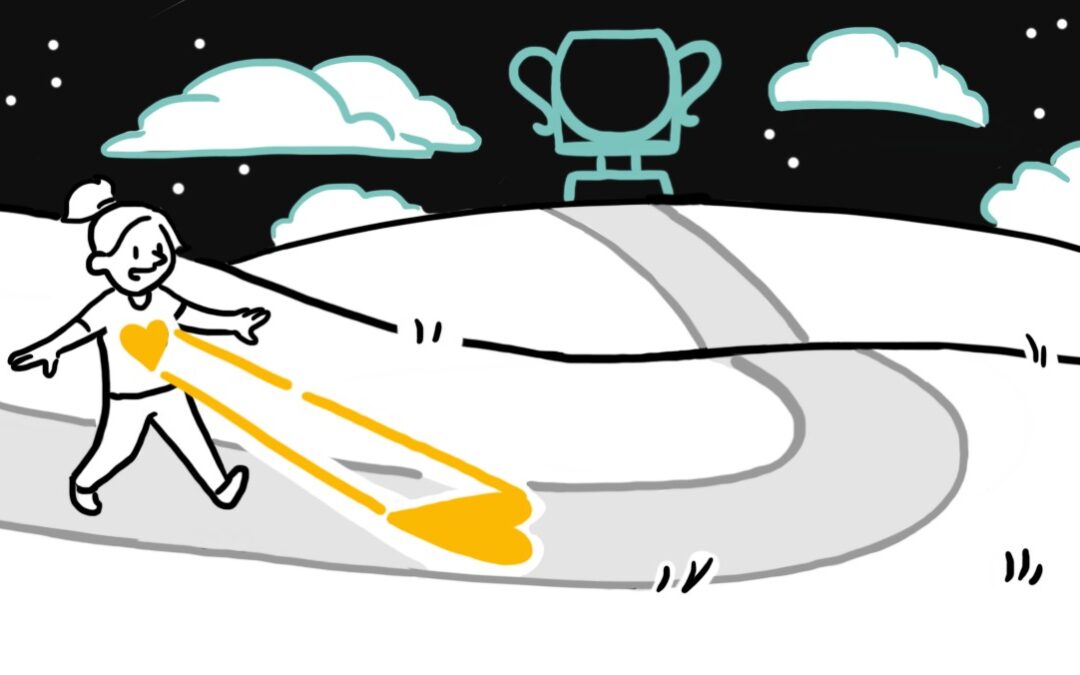Jason Bennett effectively draws the contrast between bespoke and off-the-shelf content by relating the term to its use in the garment industry. “In clothing terms, bespoke suits fit better than those bought off the rack.”
“Take one off the rack and yes, it might fit pretty well, but it could be a touch loose here and a little tight there. Will it do? That depends on your appetite to settle,” Bennett continues, arguing that bespoke content is the kind that is “creative… [and] will INTEREST, ENTERTAIN AND EDUCATE your target market.”
Bespoke content is tailored content, individualized content, and/or content that’s designed purposefully with the express goal of fitting your brand and your audience to a T.
Of course, this opens the door to a host of new questions. Is bespoke content inherently good enough, or is there more to the equation? Can content become too individualized—can specificity take your brand to the point of accidental exclusion?
Successful Storytelling in Different Contexts
Bennett’s immediate response is the secret is in the storytelling. He looks to Star Wars, Game of Thrones, and other successful properties and argues their strong focus on storytelling is the root of the longevity. While this is arguably true and an important point, I’d argue that it’s a little off-base, or perhaps misleading.
These are not useful examples of strong brand storytelling, because these are actual narrative art forms; we’re conflating storytelling in bespoke content for marketing (our actual focus) with storytelling as the ultimate product, self-differentiating through quality. Put differently: Yeah, of course Star Wars did well because of its storytelling—movies that can’t tell a strong story fail, failures are less likely to get sequels, and the loop tends to close pretty quickly.
Let’s assume, though, that you’re looking to incorporate storytelling and strong bespoke content into a non-cinematic, non-literary endeavor (in other words, one in which storytelling isn’t already a built-in requisite for success).
The kind of story on which you should focus more is your brand story, where you “characterize your content marketing in terms of what ideas and messages you want to communicate, how those messages differ from the competition, and how you see the landscape evolving once you have shared them with your audience.”
Telling, and Tailoring, Your Brand Story
This version of storytelling might sound smaller in scope, and in some ways, it is; you’re not conjuring up a universe or magical kingdom. Beyond this difference, though, the freedom—the room for a truly fitting, bespoke narrative—is enormous.
What do those ‘ideas and messages’ look like? The phrasing ‘look like’ is not accidental, either: how will you make your story a visual one? Visual storytelling has a power that textual or auditory information simply does not, so be sure to harness the right visuals to undergird your bespoke messaging. Your content might not lend itself to massive epics, but it doesn’t necessarily need to do that. It’s your brand story, so tell the story you want.
You’ll also want to keep your audience in mind, always. How do you picture their “content engagement cycle” playing out, and how will you pace your content along this journey? What audience research can you draw on to sharpen and improve your storytelling?
The Other Option: Off-the-Shelf
Finally, Ziva Medved gives us a window into the nature and use of non-bespoke, or ‘off-the-shelf’, content, in a training context. Bespoke content does, after all, sound overwhelmingly worthwhile—why would a marketer opt for off-the-shelf content?
Definitionally, off-the-shelf content “is a pre-built, generic learning content on a particular subject. Typically, off-the-shelf content covers general topics, such as industry or country regulations that affects many businesses in the same way.”
Medved breaks down the advantages and disadvantages of bespoke vs. off-the-shelf content in several aspects: urgency, budget, know-how availability, topic, risk assessment, training objectives, and content longevity.
Which Option Fits your Organization?
In terms of urgency, off-the-shelf wins the battle—it’s quick to acquire, and it’s fully developed and tested. Bespoke content requires time and analysis that you may or may not have.
Budgetarily, “off-the-shelf is typically going to be cheaper in the short term,” Medved says. She gives the example of training for a small amount of people. Most of the other aspects Medved mentions break down along similar lines. For the short term, small-staff, small-budget situation, off-the-shelf has certain advantages. Bespoke content is preferable for training that needs to be modular or needs to address a wide variety of learners. It’s also preferable for training that is free of time or budget concerns.
Under ideal circumstances, bespoke content would be the norm. All other things were equal, bespoke content seems to edge out off-the-shelf material consistently.
Bespoke Content Addresses Passions Authentically
With few exceptions, no matter your product, your buyers are increasingly seeking authenticity and personalization. The hard sell is no longer an easy option. Those buyers have a remarkable ability to detect and reject marketing that feels pushy, generic, or otherwise underspecified.
Communities that thrive on shared passions and interests are everywhere in the complex-but-heavily-utilized channels of dark social. These passions are far and away best served by bespoke content that uses audience knowledge and understanding in their creation.
Whether you’re creating content for your internal communications (the type of training materials Medved focuses on) or not, as Bennett put it, bespoke content truly fits better. If the obstacles to that creation can be overcome (budget, timeframe, etc.), the research increasingly bears out that doing so is a worthy endeavor.

